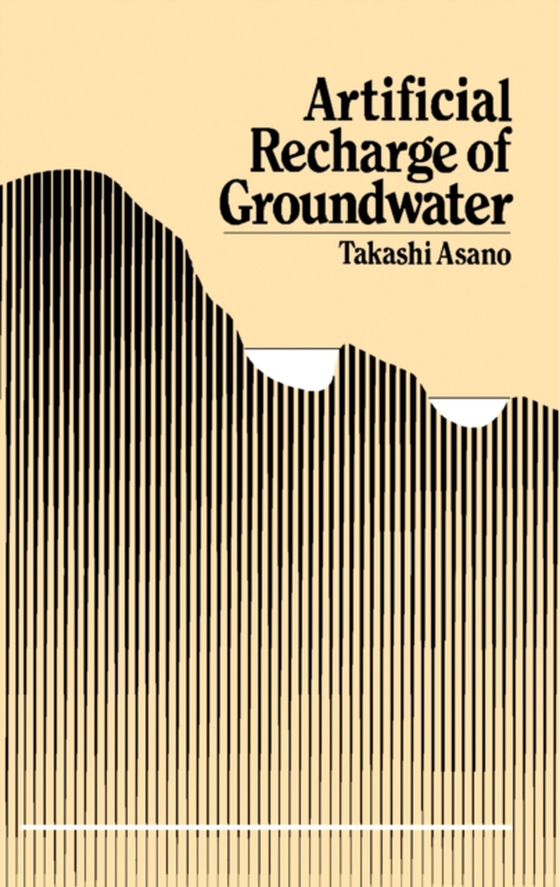
Artificial Recharge of Groundwater e-bog
619,55 DKK
(inkl. moms 774,44 DKK)
Artificial Recharge of Groundwater focuses on artificial recharge of groundwater basins as a means to increase the natural supply of groundwater, along with the technical issues involved. Special emphasis is placed on the use of reclaimed municipal wastewater as a source for artificial recharge of groundwater. This book is comprised of 26 chapters organized into five sections. After reviewing ...
E-bog
619,55 DKK
Forlag
Butterworth-Heinemann
Udgivet
22 januar 2016
Længde
784 sider
Genrer
TGMF2
Sprog
English
Format
pdf
Beskyttelse
LCP
ISBN
9781483163208
Artificial Recharge of Groundwater focuses on artificial recharge of groundwater basins as a means to increase the natural supply of groundwater, along with the technical issues involved. Special emphasis is placed on the use of reclaimed municipal wastewater as a source for artificial recharge of groundwater. This book is comprised of 26 chapters organized into five sections. After reviewing the state of the art of artificial recharge of groundwater, the discussion turns to the fundamental aspects of groundwater recharge, including the role of artificial recharge in groundwater basin management, recharge methods, hydraulics, monitoring, and modeling. The next section considers pretreatment processes for wastewater and renovation of wastewater with rapid-infiltration land treatment systems and describes the health effects of wastewater reuse in groundwater recharge. A number of artificial recharge operations using reclaimed wastewater are then highlighted, focusing on cases in various countries including Israel, Germany, Poland, Japan, the Netherlands, and the United States. The remaining chapters look at the extent of contaminant removal by the soil system and the fate of micropollutants during groundwater recharge as well as the legal and economic aspects of groundwater recharge. Research needs for groundwater quality management are also explored. This monograph is written for civil and sanitary engineers, agricultural engineers, hydrologists, environmental scientists, and research scientists as well as public works officials, consulting engineers, agriculturalists, industrialists, and students at colleges and universities.
 Dansk
Dansk

